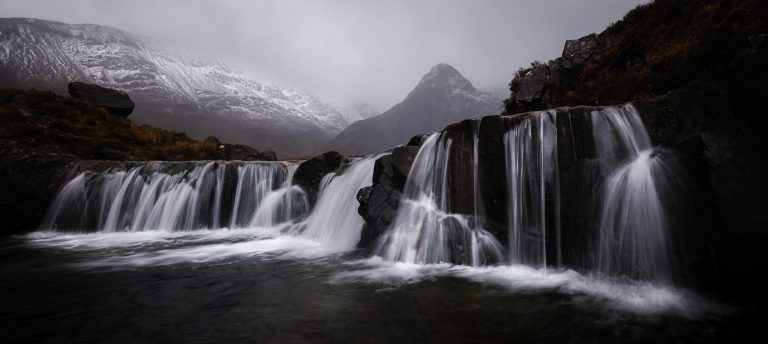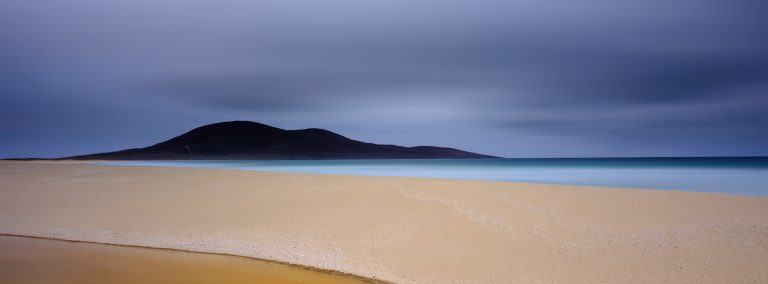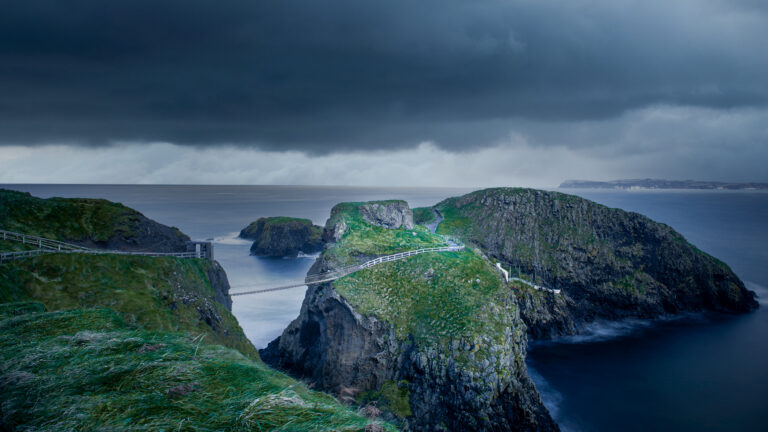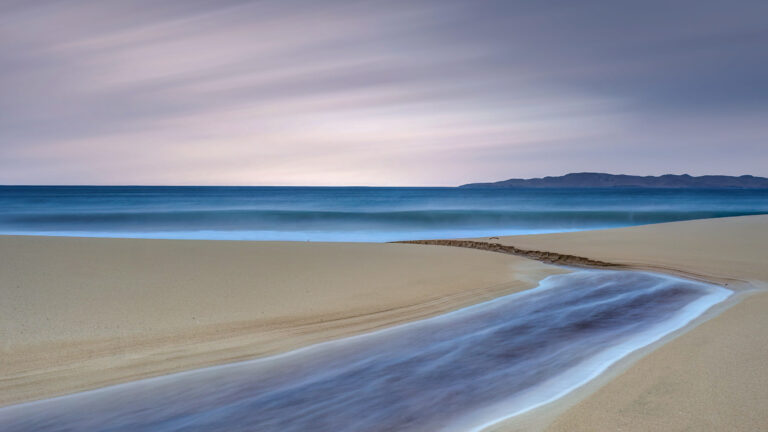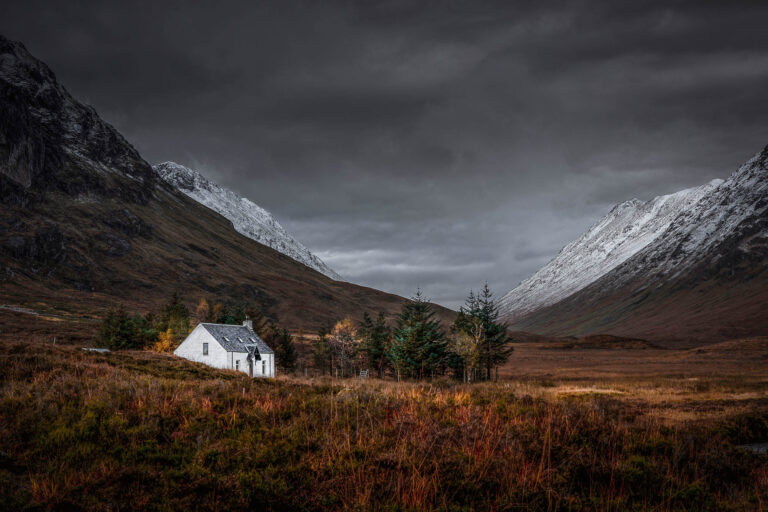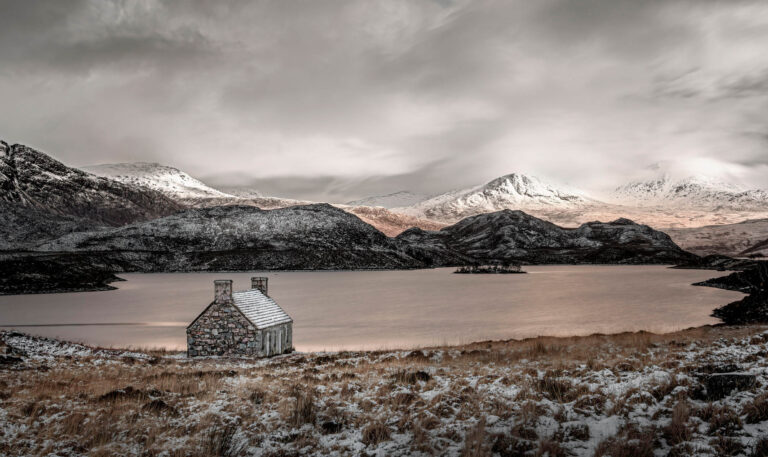I appreciate the music and the delightful food offerings in Shetland. What sets this place apart is the unique atmosphere and attitude that distinguishes it from anywhere else. The combination of these factors with the stunning landscape, diverse wildlife, and fantastic walking opportunities makes you question why you would consider traveling elsewhere. Shetland still retains a sense of wildness; instead of struggling to find a view without buildings or power lines, you are more likely to enjoy that untouched beauty.
The feeling of remoteness and emptiness adds an exotic “end of the world” charm to the islands. Shetland is akin to being in a fairytale, thanks to the ever-changing weather and the presence of islands that keep things exciting.
The archipelago of the Shetland Islands, the most northerly island group in the UK, comprises over 100 islands, of which only 15 are inhabited. The variety of coastal landscapes in Shetland offers an excellent backdrop for photographers seeking unique shots. Shetland, stretching 96 miles (155km), boasts a substantial coastline of 1,697 miles (2,702 km), over twice the length of the Welsh coastline.
The rugged and untamed beauty of Shetland is unparalleled, making it a haven for nature and photography enthusiasts. Positioned on the same latitude as Greenland, Shetland is closer to the Arctic Circle than Manchester. This proximity to the Arctic Circle influences the distinctive climate and landscapes found on Shetland, setting it apart from the typical British scenery.
The west side of Shetland faces the entire Atlantic Ocean, with the next landfall being America. The marked contrast in the exposure to the open Atlantic versus the more sheltered North Sea shapes the character of the east and west coastlines in Shetland.
The east side of Shetland is battered by the North Sea waves, with Norway just 200 miles away. The Shetland Islands offer photographers a diverse and beautiful environment to capture a wide range of coastal landscapes.
The untouched and wild beauty of Shetland’s landscape is a paradise for photographers, offering endless opportunities to capture its natural essence. The dramatic coastline provides a varied array of seascapes with towering cliffs, sea stacks, sandy beaches, rugged rocky coastline, and secluded bays.
Exploring the Shetland interior reveals a serene and enchanting moorland punctuated with picturesque lochans, offering a different kind of photographic inspiration. The Shetland interior features a lovely low-lying rolling moorland setting, dotted with numerous lochans of varying sizes. The ever-changing weather patterns over Shetland create a dynamic interplay of light and shadow, making each photographic moment truly unique and captivating.
During the summer, the area blooms with wildflowers around the lochans, and in autumn, the moorland transforms with autumnal hues. The weather on Shetland is in constant flux, creating a natural light show ideal for capturing a wide range of atmospheric lighting across some of the most stunning and dramatic views in Shetland.
Immerse yourself in the untamed wilderness of Shetland, capturing its essence through your lens. The ever-changing light presents a continually evolving scene before your eyes, with no two days, not even two hours being the same.
With a small group, you can fully engage with the beauty of Wild Shetland, tailored to your preferences and pace.
1. Muckle Flugga and Hermaness National Nature Reserve, Unst
The most northerly place in the United Kingdom. The next land due north of here is the Arctic. Introducing Muckle Flugga Lighthouse, seen from the north of Hermaness Nature Reserve on Unst. The lighthouse was completed in 1858 by David and Thomas Stevenson, who was the father of the author Robert Louis Stevenson. He visited Muckle Flugga as a teenager and many people believe this visit influenced the later writing of Treasure Island.
You can see Muckle Flugga from Hermaness National
Nature Reserve where your camera will never stop! Impressive cliffs, white topped waves and seabird colonies including gannets, kittiwakes, fulmars and puffins are all to be seen in abundance here, as well as the stunning views all around the coastline
2. Bobby’s Bus Shelter, Unst
The ever changing contents of Bobby’s Bus Shelter are absolutely worthy of a picture – very much an ‘only in Shetland’ snap! Situated on the main road between Baltasound and Haroldswick in Unst, this bus shelter first started being decorated since the late 1990s. It’s where Bobby used to leave his bike as a boy when he went to school and since then has seen all sorts of themed displays.
3. Viking Unst
Unst is where the Vikings are thought to have first set foot in Shetland, and with the remains of over 60 longhouses on the island, is home to the highest density of rural Viking sites in the world, including Scandinavia. In Haroldswick, you can see the reconstructed longhouse and longship (the Skidbladner), which is a full size replica of a Viking longship.
4. West Sandwick Beach and the Sands of Breckon, Yell
West Sandwick beach on the west coast of Yell has gorgeous views towards the Shetland north mainland. At the Sands of Breckon, you’ll find a beach that is sheltered from most wind directions and archaeological remains suggest the area has been settled for at least 4,000 years, with finds including pottery, Viking combs made from bone and roman coins. Both these beaches are well deserved winners of Scotland’s Beach Awards for clean, well-managed and sustainable beaches.
5. Eshaness Cliffs and Lighthouse
Dramatic clifftop scenery and the Eshaness Lighthouse, with the Atlantic Ocean to the North of you, Eshaness is a must visit and very accessible by car. It’s featured in several episodes of the BBC TV series Shetland and no wonder – it’s certainly dramatic. It’s up there as one of our most photographed clifftop spots. Eshaness Lighthouse is also one of the Shetland lighthouses that you can book to stay in.
6. Minn Beach, Burra
The tombolo beach at Minn in West Burra takes you across to the island of Kettla Ness, and another place to capture stunning waters, wave action and turquoise seas in Shetland. The drive through Burra is beautiful enough with lots of photogenic spots, and if you’re lucky, you might also catch some Shetland ponies out for a hack over the beach.
7. St Ninians Isle
Another famous photo spot, the sand tombolo leading to St Ninian’s Isle is a great place to visit at any time of year and forms part of Bigton Farm, which you may have seen on the BBC’s This Farming Life too. St Ninian’s Isle itself is an important archaeological site, where Pictish treasure was discovered in a wooden box during excavations of a medieval church in the late 1950s.
8. Dore Holm, Eshaness
The Dore Holm sits off the coast of Eshaness and is a natural arch, sometimes compared to a drinking horse. It’s easy to spot from various vantage points along the road between Hillswick and Eshaness.
These are just a small selection of the locations we hope to visit.
These locations are subject to change by Dean Allan Photography Ltd in accordance with my Terms & Conditions.
My Terms & Conditions are freely available to read on this website.
Nestled in the heart of Shetland, within the charming village of Voe, lies Voe House set within 2 acres of land. Positioned at the head of a deep-sea loch, its Victorian architecture stands as a testament to a bygone era of prosperous merchant families. Just 18 miles north of Lerwick, Voe captures the essence of traditional Scottish and Shetland hospitality.
The house boasts spacious living and dining areas on the ground floor, while the kitchen and laundry spaces are thoughtfully equipped with modern amenities and ample storage. Across its three floors, seven tastefully appointed bedrooms await, each with its en-suite facilities and generous storage spaces.
Adjacent to the main house lies a private spa retreat, accessible through its entrance. Here, guests can unwind in a six-person hot tub or relax in the four-person steam room, complete with luxurious spa robes and slippers provided for their comfort
Ground Floor:
Living room: Freeview TV
Dining room.
Kitchen: Breakfast Bar, 2 x Electric Oven, 2 x Electric Hob, Combi Microwave/Oven/Grill, 2 x Fridge/Freezer, 2 x Dishwasher
Utility Room: 2 x Washing Machine, 2 x Tumble Dryer
Bedroom 1: Double (4ft 6in) Bed Ensuite Wet Room: Shower, Toilet
Wet Room: Shower, Toilet
First Floor:
Bedroom 2: Four Poster Kingsize (5ft) Bed Ensuite: Cubicle Shower, Toilet
Bedroom 3: Double (4ft 6in) Bed Ensuite: Cubicle Shower, Toilet
Bedroom 4: Double (4ft 6in) Bed Ensuite: Cubicle Shower, Toilet
Bedroom 5: Sleigh Double (4ft 6in) Bed Ensuite: Cubicle Shower, Toilet
Oil central heating, gas, electricity, bed linen, towels and Wi-Fi included. Hot tub for 6 (private) and steam room (private). Private parking for 10 cars. No smoking.
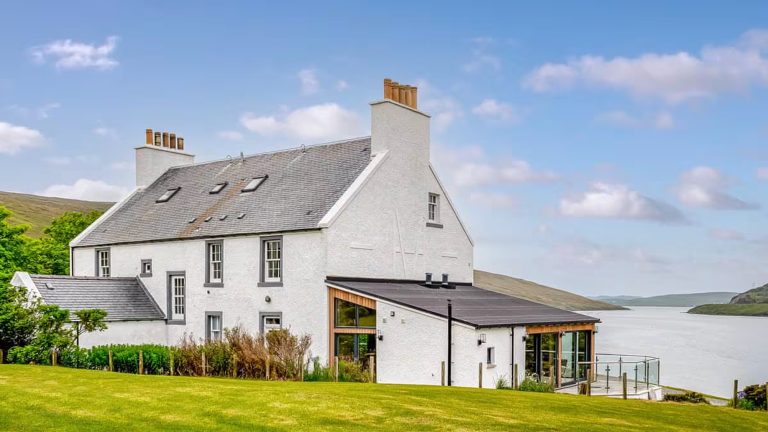

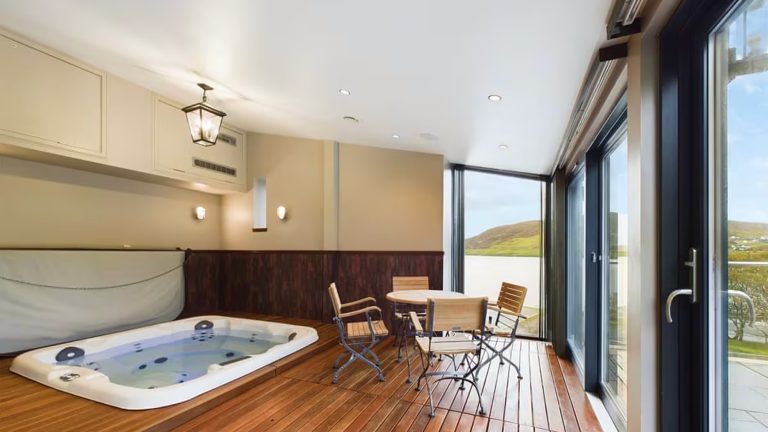
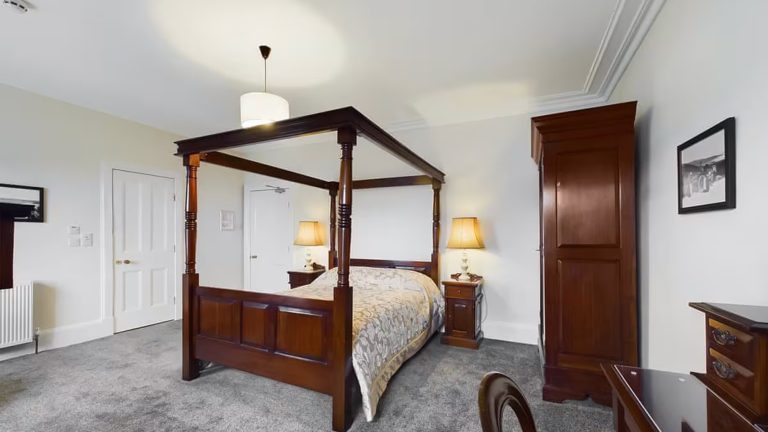
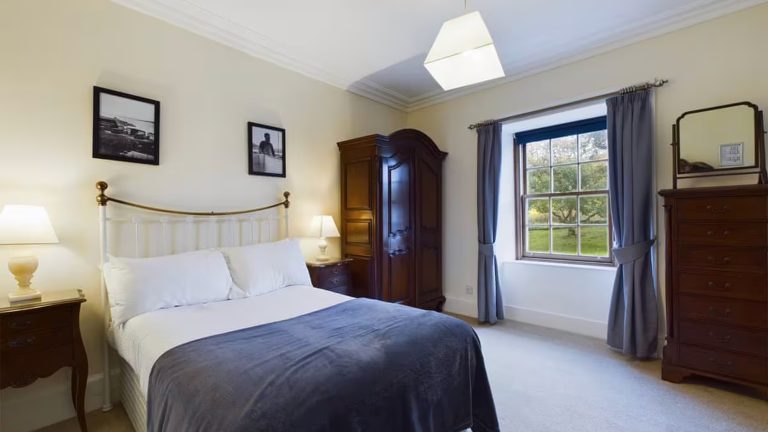




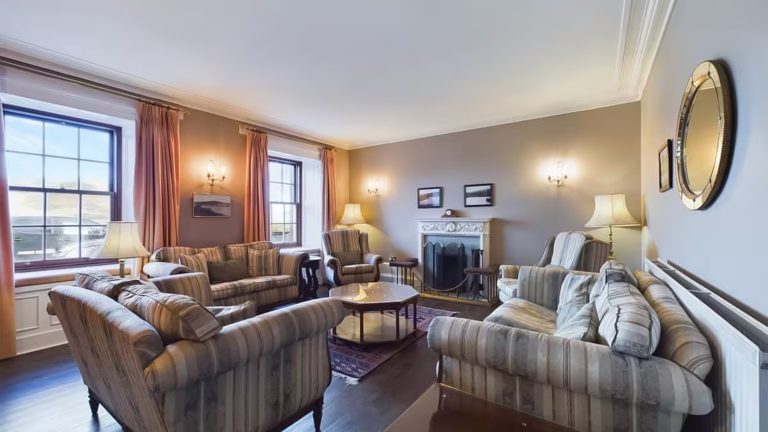
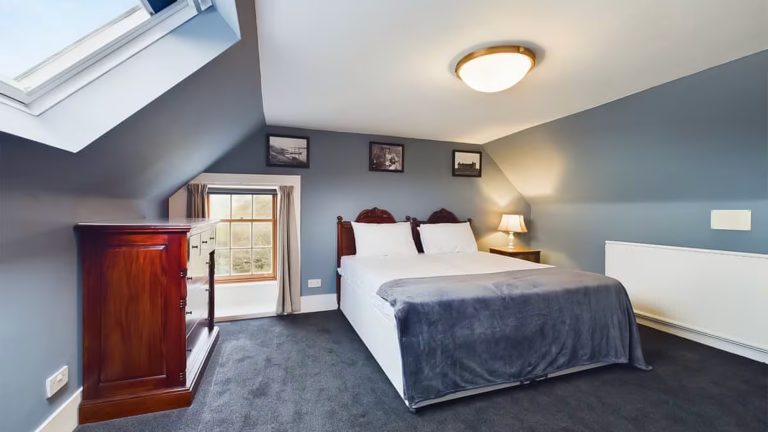
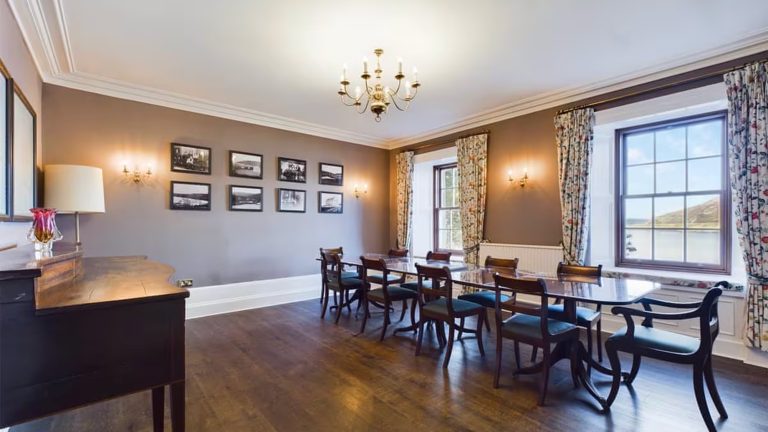
Accommodation in Voe House.
Transport on all workshop days with ample room in the rear cab for all the photographic equipment.
Tuition
Ferry Crossings, Flights, Travel Insurance, Cancellation Insurance & Alcoholic Drinks
As this Photography Trip may involve a Ferry Crossing, Maritime Law requires all passengers have tickets for the specified journey.
Therefore, you must purchase a ticket from Northlink Ferries.
You may do so as a foot passenger and still come across in my vehicle if we are travelling on the same ferry. I recommend you purchase the ticket in advance of the journey so that in the event of a ferry cancellation, you will be able to pursue a claim for any additional costs you may incur as a result (eg a hotel room).
Please read your maritime passenger rights here: GOV.UK
If you choose to fly to Shetland, please visit Loganair and/or British Airways for flight details
Insurance
All participants are required to take out cancellation insurance AND travel insurance. There is a big difference between these two insurances and what they cover.
Travel insurance: this insurance intends to cover medical expenses, financial default of travel suppliers, and other losses incurred while travelling, either within one’s own country, or internationally. Temporary travel insurance can be arranged at any time before departure on your trip, to cover exactly the duration of that trip, or a “multi-trip” policy can cover an unlimited number of trips within a set time frame. Please check which amount your insurance covers when it comes to damage or theft of you camera equipment / laptop. In case it is not enough, we recommend taking out additional insurance to cover your valuables.
Cancellation insurance: this insurance covers the damage you suffer by circumstances beyond your control, resulting in you having to cancel the trip beforehand or having to break if off before it ended. The circumstances for cancelling a trip are never good. Having cancellation insurance at least avoids you having a financial loss on top of this.
Third parties: During our travels, we use the services from various suppliers. Dean Allan Photography Limited is not an owner of these companies nor do we operate them or are they our employees. This means that Dean Allan Photography Limited cannot be held responsible for any negligent or wilful act or failure to act of any supplier or of any third party. This includes guides and drivers employed by the suppliers. By utilising the travel services of the suppliers, you agree that you will look to such suppliers for any accident, injury, property damage, or personal loss to you or to those travelling with you, and that Dean Allan Photography Limited shall not be liable.
Photography skills you can learn on this workshop:
How to choose the right settings for each shot.
How to shoot in manual
How to meter and expose correctly
How to use your histogram
How to focus properly
How to compose your shot
How to use fast and slow shutter speeds to be creative
How to use filters, and which ones to choose in each situation
This information is provided as a helpful guide to ensure you get the most enjoyment from your trip.
All camera and lens brands ultimately serve the same purpose: capturing what’s in front of them using different types of sensors. What truly makes the difference is the person behind the camera. To get the most out of this trip, it’s crucial that you’re familiar with your own camera—its layout, menus, and capabilities. There are plenty of YouTube tutorials available to help you learn, and it’s essential that you understand your camera’s features and how to control them effectively.
Lens selection is a personal preference. Many landscape photographers opt for zoom lenses such as a 16–35mm, 24–70mm, and 70–200mm. Zooms are a practical choice because they reduce the need to carry multiple prime lenses—particularly useful when not travelling by car to the destination.
Filters are indispensable for many landscape photographers. As a Kase Filters Ambassador, I carry a Polariser, a 3 stop ND, a 6 stop ND and a 10 stop ND filter. All of my filters are circular and magnetic. I will bring some demonstration kits with me, which you are welcome to use. If you are interested in purchasing any Kase Filters, prior, during or after the trip, I will be able to provide a discount code to use on the Kase Website.
Camera bags come in a number of different shapes and sizes. It is important that your bag is comfortable on your back, holds the necessary amount of equipment for your trip and is of the correct size for those travelling by air. I personally use the Shimoda bags which I find to be the most comfortable when carrying my bag on long hikes.
A strong sturdy tripod is hugely beneficial when photographing in the Scottish Highlands. The weather conditions, particularly strong winds make the addition of tripod spikes essential. More often than not, we will be photographing on soft ground or sand in windy conditions. Although the emphasis tends to be on lightweight models you must make sure they reach “eye level” and are able to resist the strong winds. Carbon Fibre makes are more lightweight than aluminium and do the same job. I personally use the Kingjoy C86 tripod, which if you are interested in purchasing, I have a discount code for the Kingjoy range of tripods.
I would recommend that you bring a lap top (where possible) together with a external hard drive so that you can back up your images during the trip.
Wet weather is always a possibility and although the modern day cameras are better at coping with moisture, it is always advisable to take precautions during inclement weather. Either consider a specific rain cover for your camera equipment or at the very least bring a selection of shower caps to protect your camera during passing rain showers. These are easily purchased on Amazon.
Please also bring along lens cloths, a blower, spare batteries and spare SD cards.
Meet Your Workshop Leader: Dean Allan
I’m Dean Allan, an award-winning landscape photographer who has made the Scottish Highlands my home and my passion. As both an accomplished artist and dedicated educator, I’m excited to share the techniques and insights that have shaped my work over the years.
My Teaching Philosophy
I believe that landscape photography is more than just technical skill—it’s about developing an eye for nature’s profound beauty and learning to capture those moments that remind us why being alive feels so extraordinary. In my workshops, I focus on helping photographers at all levels discover their unique vision while mastering the fundamentals of composition, light, and storytelling through imagery.
Why I’m a good guide for this workshop
Living year-round in the Scottish Highlands gives me an unparalleled advantage as your workshop leader. I possess intimate knowledge of countless locations, understanding how each spot transforms with the seasons, how light behaves throughout the day, and when weather conditions create the most dramatic opportunities. This deep familiarity allows me to guide you to the right place at the right time, maximizing every shooting opportunity.
My extensive exploration of this region has uncovered many hidden gems unknown to visiting photographers that don’t appear in guidebooks. These locations form the backbone of my workshop experiences.

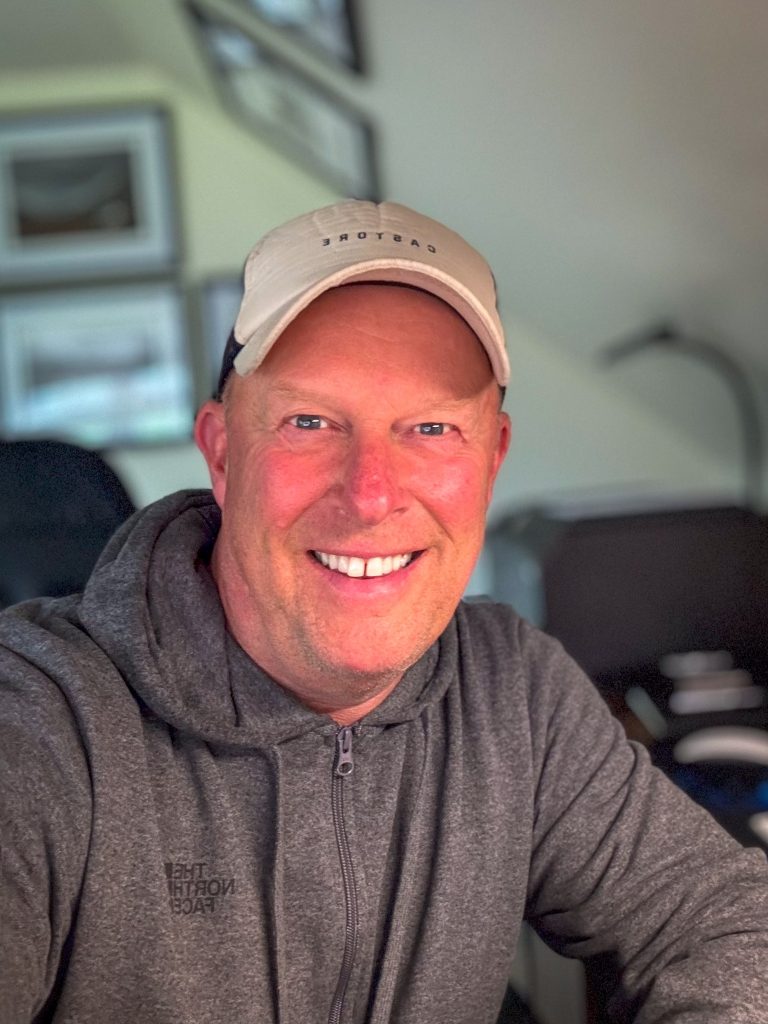
What you can expect from my workshops
Personalized Instruction: I work closely with each participant, adapting my teaching to your individual skill level and artistic goals.
Technical Expertise: From camera settings to post-processing techniques, I’ll share the technical knowledge behind my award-winning images.
Seasonal Insight: My year-round presence means I can predict the best conditions and guide you to locations that match the current season’s character.
Small Groups: I keep my workshops intimate to ensure you receive personalized attention and enjoy a more immersive learning experience.
Ready to Join Me?
Whether you’re a beginner eager to understand the fundamentals or an experienced photographer seeking fresh perspectives and exclusive Highland locations, my workshops offer an unmatched combination of artistic guidance, technical instruction, and access to Scotland’s most spectacular hidden landscapes.
I invite you to join me for an unforgettable learning experience where stunning scenery meets expert tuition. I’ll help you capture your own vision of this extraordinary landscape.
Photographs from Shetland
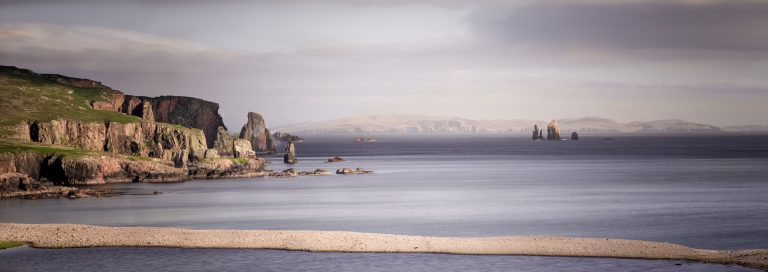
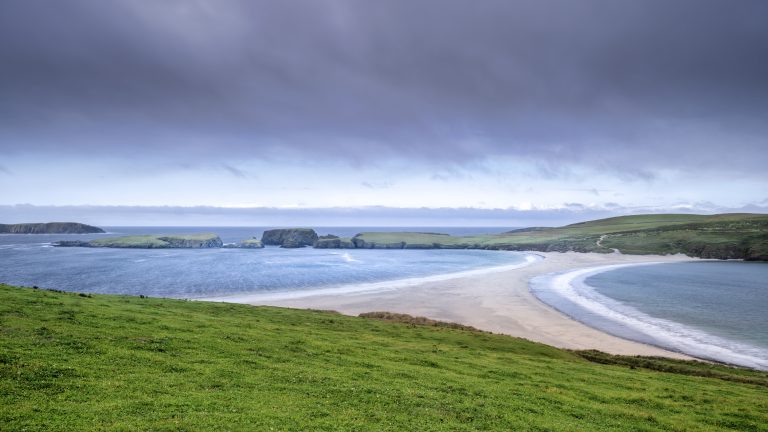

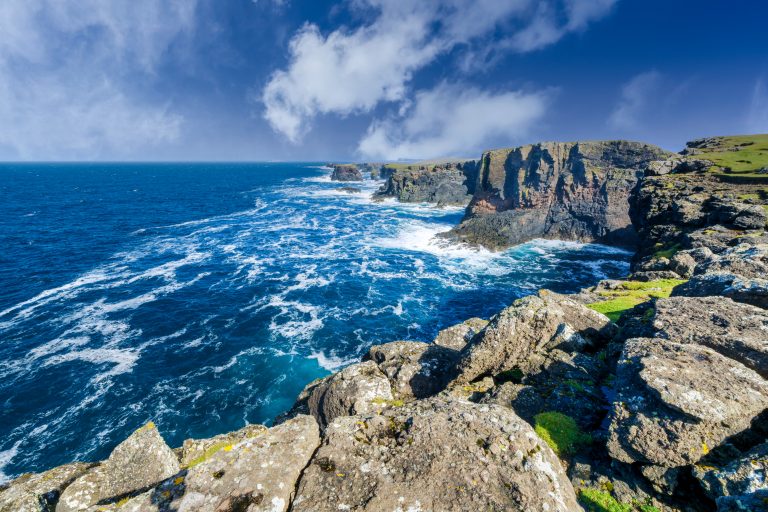



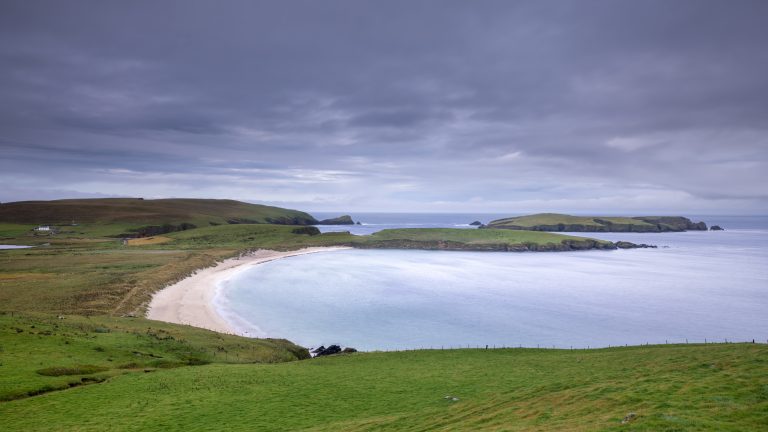
General Info
Moderate
A moderate to good level of physical fitness is required to participate fully in this tour. While many photography locations are accessible with minimal walking, others may involve uneven terrain, rocky paths, steep inclines, or longer hikes. Participants should be comfortable walking for extended periods, sometimes over uneven ground or in variable weather conditions.
Good mobility is essential, especially for reaching more remote or elevated shooting spots that offer the most rewarding views. If you have any concerns about your physical ability or specific health conditions, please contact us in advance to discuss whether this tour is suitable for you.
Your safety and enjoyment are our priority, and being well-prepared physically will help ensure you get the most from the experience.
I can collect you from your entry point to Shetland on Sunday 3rd May 2026.
There will be no photography scheduled for the 3rd May. This is a travelling day for everyone.
This, however, may change if everybody is available early during the day and the conditions are favourable.
We strive to offer a varied and satisfying menu throughout the tour, with options to suit a wide range of tastes and preferences including vegetarian, vegan, and gluten-free options where possible. If you have any specific dietary requirements or allergies, please let us know at least 14 days before the start of your trip.
Advance notice allows us to make the necessary arrangements to accommodate your needs and ensure you enjoy your meals safely and comfortably.
This advance notice allows us to plan and prepare meals that meet your needs. Without this information, it may be difficult for us to accommodate certain dietary restrictions during the tour.
While we do our best to cater for all requirements, late notice may limit our ability to meet certain dietary needs
Below is a suggested list of Recommended Clothing to consider bringing along:
1. Outerwear
Waterproof Jacket (with a hood): Breathable and fully waterproof (e.g., Gore-Tex or similar). Essential for rain and wind protection.
Waterproof Trousers: Lightweight and packable over-trousers to keep you dry during hikes or sudden downpours.
Insulated Jacket or Fleece Layer: For warmth—consider a down or synthetic insulated jacket that packs down easily.
2. Base Layers
Moisture-Wicking Base Layer (top and bottom): Merino wool or synthetic—keeps sweat away and retains warmth even when damp.
Thermal Leggings (for colder months): Can be layered under trousers for added warmth.
3. Mid Layers
Fleece or Softshell Jacket: Versatile for layering and warmth.
Lightweight Windproof Layer (optional): Useful on blustery summits if your main jacket is too heavy for mild wind.
4. Trousers
Quick-Drying Hiking Trousers: Avoid jeans; go for synthetic or softshell hiking pants that move well and dry fast.
5. Footwear
Waterproof Hiking Boots (with good ankle support): Essential for rugged terrain, boggy areas, and wet conditions.
Wool or Synthetic Hiking Socks: Bring multiple pairs; wool blends help prevent blisters and keep feet warm when wet.
Gaiters (optional): Useful for keeping mud, water, and debris out of your boots.
6. Accessories
Hat/Beanie: To retain heat in colder or windy conditions.
Gloves: Waterproof and warm gloves with decent dexterity for handling your camera.
Neck Gaiter or Buff: Versatile for warmth, wind protection, or even sun shielding.
Cap or Sunhat (summer): Protection from the sun on clearer days.
Sunglasses: Glare off water or snow can be intense, especially in spring/summer.
7. Other Tips
Layering is key: Weather changes quickly; being able to add/remove layers will keep you comfortable.
Pack spares: Always carry an extra pair of socks and base layers in case you get soaked.
- Head Torch
- Re-Usable Water Bottle
Complimentary transport in a 8 seater vehicle around with ample room for all the photographic equipment.
There are several ways in which you can arrive to Shetland.
British Airways and Loganair have a number of departure airports to Sumburgh, including Aberdeen, Edinburgh, Glasgow, Inverness, Manchester & London Heathrow.
Alternatively, NorthLink Ferries offer an overnight ferry from Aberdeen.
Dean Allan Photography Ltd accepts no liability should these trips be unavailable and do not take place for reasons out of our control.
To confirm your booking, a non-refundable deposit of 25% of the total tour price is required. Once this deposit has been received, a binding contract will be in place between us.
Following confirmation, you will receive an invoice for the remaining balance along with the payment due date.
All prices listed on the website are in UK Sterling (GBP).
Payment can be made by direct bank transfer at no additional cost. Alternatively, credit card payments are processed via Stripe and will incur a 3% transaction fee, added by Dean Allan Photography Ltd to cover the processing charges incurred by the company.
Ask a question about this workshop
If you have any questions about this workshop, or would like a more private customised experience, then please contact me via this form or the contact methods below.


